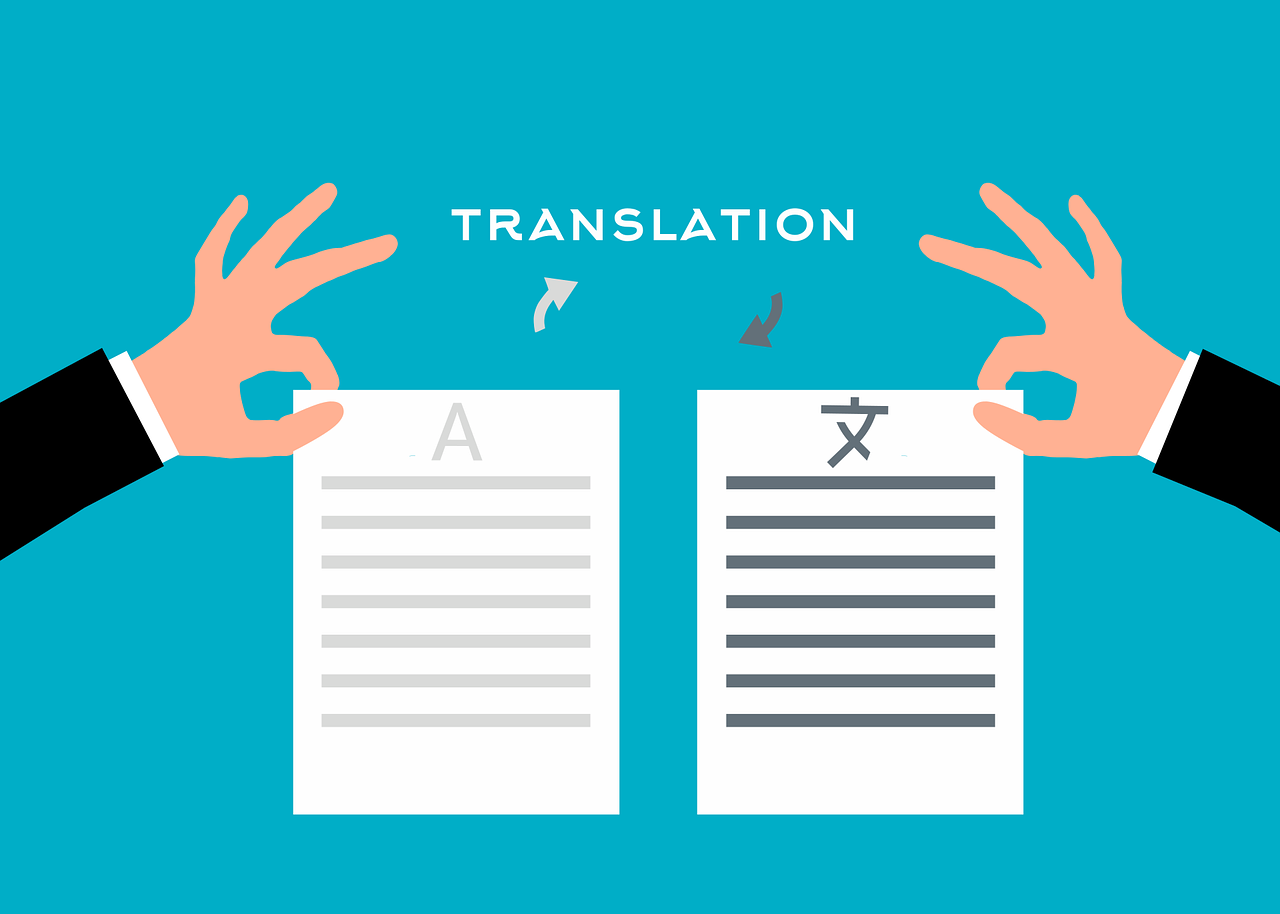Immigrating to the United States is an exciting but often complex journey. Beyond gathering forms and legal records, applicants must ensure that every document submitted to U.S. Citizenship and Immigration Services (USCIS) is complete, accurate, and compliant with official requirements. One of the most important yet frequently misunderstood rules is the requirement that all foreign-language documents must be accompanied by certified English translations.
This rule is not a minor detail—it is a decisive factor that can determine whether an application moves forward smoothly or faces costly delays. A poorly translated birth certificate, marriage license, or academic diploma can trigger Requests for Evidence (RFEs), missed deadlines, or even outright rejection of the case. For immigrants, the quality of translation can mean the difference between a successful application and a frustrating setback.
What USCIS Requires from Translated Documents
The USCIS guidelines on translations are strict but clear. If a document is not in English, it must be fully translated into English. In addition, each translation must include a certification statement signed by the translator. This certification confirms three things:
- The translation is accurate and complete.
- The translator is competent to perform the work.
- The document reflects the original faithfully in every detail.
This means that translations cannot be summaries or partial adaptations. Every word, date, name, seal, and number must match the original document exactly. If the source is handwritten or includes stamps, notes, or official marks, these must also be represented in the translation. By following these standards, applicants show professionalism and full compliance with immigration law, which reduces the risk of processing delays.
Why Professional USCIS Translations Are Essential
Some applicants assume they can translate their own documents or ask a bilingual friend for help. While convenient, this approach is not allowed. USCIS does not accept self-translations, and uncertified translations will be rejected. Friends and family members may also lack experience with legal and immigration terminology, which increases the risk of errors.
Professional translation services, by contrast, are staffed by linguists who not only understand both languages but also have specialized training in legal formatting, terminology, and USCIS compliance. They know how to prepare certified statements, handle complex formatting, and deliver documents that meet every official requirement. This expertise dramatically reduces the risk of rejection and gives applicants peace of mind that their paperwork is fully compliant.
Common Documents That Require USCIS Translation
Applicants often underestimate just how many records require certified translation. Some of the most frequently requested include:
- Birth certificates
- Marriage and divorce certificates
- Academic diplomas and transcripts
- Court judgments and police certificates
- Medical records (when relevant to the case)
Each of these documents plays a key role in proving identity, relationships, education, or legal status. Even minor mistakes—such as inconsistent spelling of names across multiple records—can cause USCIS officers to question authenticity. Preparing translations in advance ensures that the immigration application process is smoother and avoids last-minute complications.
Challenges in Translating Immigration Documents
Immigration paperwork presents several unique translation challenges:
- Legal terminology: Different countries use different legal systems and vocabulary. Professional translators ensure that meanings are conveyed precisely in a way that USCIS officers can understand.
- Handwritten text: Notes, marginal comments, or stamped notations must be carefully transcribed. Omitting these details can make a translation incomplete.
- Formatting consistency: USCIS expects translated documents to maintain the structure of the original. Dates, names, and headings must appear in the same order.
- Name consistency: A single applicant may submit dozens of records. If one document spells a name differently from another, it may trigger suspicion. Professional agencies use translation management tools to ensure consistency across all files.
For these reasons, attempting a translation without professional support is a significant risk.
Trusted USCIS Translation Services
Because of the strict standards involved, applicants are strongly encouraged to work with agencies that specialize in USCIS-compliant translations. Experienced providers understand exactly what officers expect, from formatting to certification language. Many also offer expedited services, which are invaluable for applicants working against tight deadlines.
Benefits of Using Professional USCIS Translation Services
Choosing professional translation for immigration documents offers multiple advantages:
- Guaranteed compliance with USCIS standards through certified translations
- Faster turnaround times, ensuring deadlines are met without stress
- Confidentiality and data protection, keeping sensitive personal records secure
- Consistency across documents, preventing discrepancies in names, dates, or terminology
- Peace of mind, knowing that each document meets the highest level of accuracy
These benefits directly translate into fewer delays, stronger applications, and greater confidence throughout the immigration journey.
How Translation Supports the Immigration Journey
Accurate translations do more than meet technical requirements. They help applicants tell their story clearly and authentically. Immigration documents often reflect years of personal history—birth, education, marriage, and professional achievements. A well-executed translation ensures USCIS officers can understand that history without confusion or doubt.
For families, translations of marriage certificates, adoption records, or birth documents preserve the integrity of their relationships. For professionals, academic transcripts and diplomas demonstrate qualifications that open doors to employment or advanced study in the United States. In every case, faithful translation ensures fairness and clarity in how applications are reviewed.
The Future of USCIS Translations
As USCIS transitions to more digital systems, electronic submission of documents has become the norm. Applicants increasingly upload scanned PDFs rather than mailing physical copies. Translation agencies have adapted by offering certified digital translations, complete with secure electronic signatures and certifications.
While digital tools improve efficiency, human oversight remains essential. Automated translation software cannot capture the nuances of legal terminology, handwritten notes, or cultural context. The future of immigration translations will likely involve tighter integration between professional agencies and immigration platforms—streamlining the process while maintaining high standards of accuracy.
Accuracy Is the Key to Immigration Success
The USCIS translation requirement is rooted in one principle: accuracy matters. Precise translations ensure that immigration officers can fairly and clearly evaluate every application. For applicants, this means professional translation is not an optional extra—it is an essential step toward immigration success.
By partnering with certified providers such as Kings of Translation, applicants can be confident that their documents meet all official requirements. Professional translation eliminates unnecessary risks, prevents costly delays, and allows individuals to focus on building their new lives in the United States.
In the high-stakes world of immigration, where every detail counts, professional translation ensures that nothing is lost in translation.

